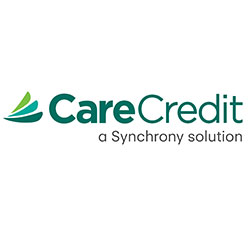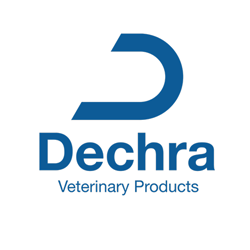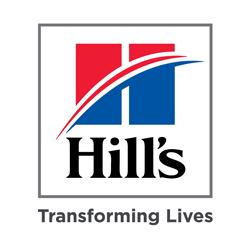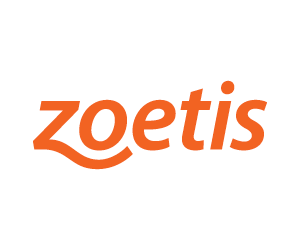Practice Team Training and Client Education
Conducting Effective Patient Histories
Equipping the team with the skills to obtain a thorough history is imperative. The aim during an examination visit should be to obtain detailed information regarding the patient’s health (current and past), clinical signs, nutrition, water intake, behavior, environment, and lifestyle. Use of open-ended questions will encourage owners to provide the team with as much useful information as possible; closed-ended questions that lend only yes or no answers may, by contrast, provide only limited information.
Often, a small change in the way a question is asked can yield extra information, allowing the veterinarian to follow up with additional probing questions and make accurate recommendations. For example, asking the question, “How often does your cat drink water?” instead of “Is your cat drinking normally?” can encourage the owner to be more thorough in describing exactly how much water their cat drinks. Likewise, “Is your cat eating normally?” is unlikely to elicit as much information as the more specific question, “Can you describe to me your cat’s diet and daily eating habits?” If the owner doesn’t know the cat is exhibiting an abnormal or subtle behavior, or a clinical sign of a disease, they might not naturally bring it up at the visit, which could preclude an early diagnosis.
Team training and education of clients are integral to implementing successful life stage recommendations. These two factors will allow the practice team to appropriately accomplish physical examination and diagnostics, and institute treatment protocols when indicated for the patient. Feline-specific training for the practice team should be delivered on a regular basis, incorporating continuing education as well as staff meetings and team-building events held at the practice.
Team training will ensure all staff members are knowledgeable and are following practice protocols for life stage recommendations. From the front office staff and veterinary technicians to the veterinarians, everyone will know what is expected of them and how to respond appropriately in the light of the feline patient’s life stage. Team training events to increase knowledge and confidence when taking patient histories (see “Conducting Effective Patient Histories” box) and providing client education are just as important as further education on feline-friendly handling, disease processes, and technical skills.
Ideally, client education is a key responsibility for all staff members. Every life stage will have specific items that should be discussed in the veterinary visit (see Table 2), and both veterinary technicians and veterinarians should be familiar with current recommendations and practice protocols in order to educate clients on the most critical health-related factors relevant to each life stage.
The practice team can better connect with clients when they understand that pet owners can become overwhelmed at veterinary visits. Moreover, communicating that the cat owner is an integral part of the healthcare team can reinforce the veterinary-client-patient relationship, as well as improve compliance.
Additional Client Education Resources
Client communication can be optimized by using online literature, handouts, and tools. To help educate clients about the importance of an individualized, lifelong healthcare strategy for their cat, both AAHA and the AAFP have handouts available to members and non-members. Additionally, more extensive information is available at catvets.com/life-stage, and catfriendly.com/life-stage.
Boehringer Ingelheim Animal Health USA Inc., CareCredit, Dechra Veterinary Products, Hill's Pet Nutrition, Inc., IDEXX Laboratories, Inc., Merck Animal Health, and Zoetis Petcare supported the development of the 2021 AAHA/AAFP Feline Life Stage Guidelines and resources through an educational grant to AAHA










